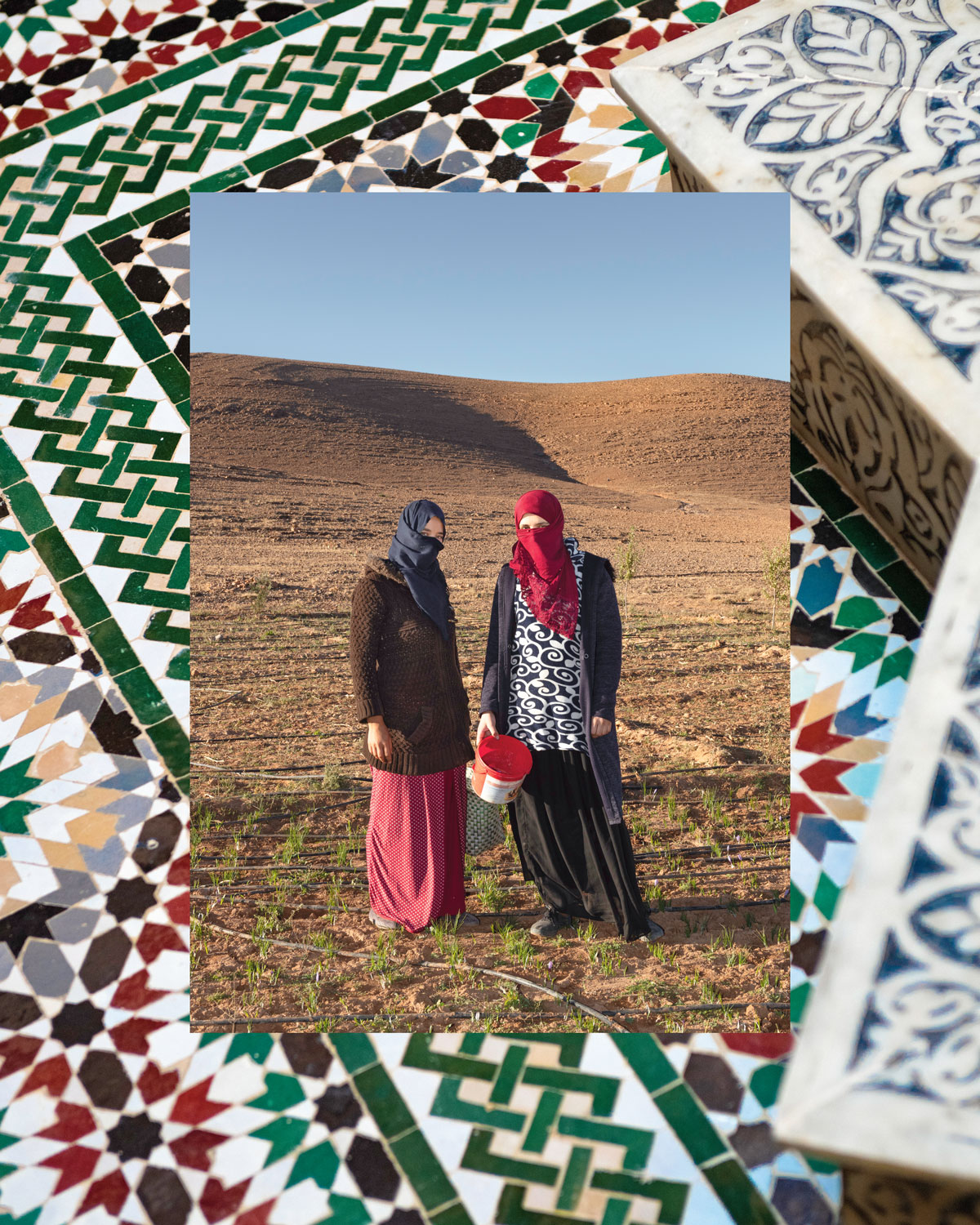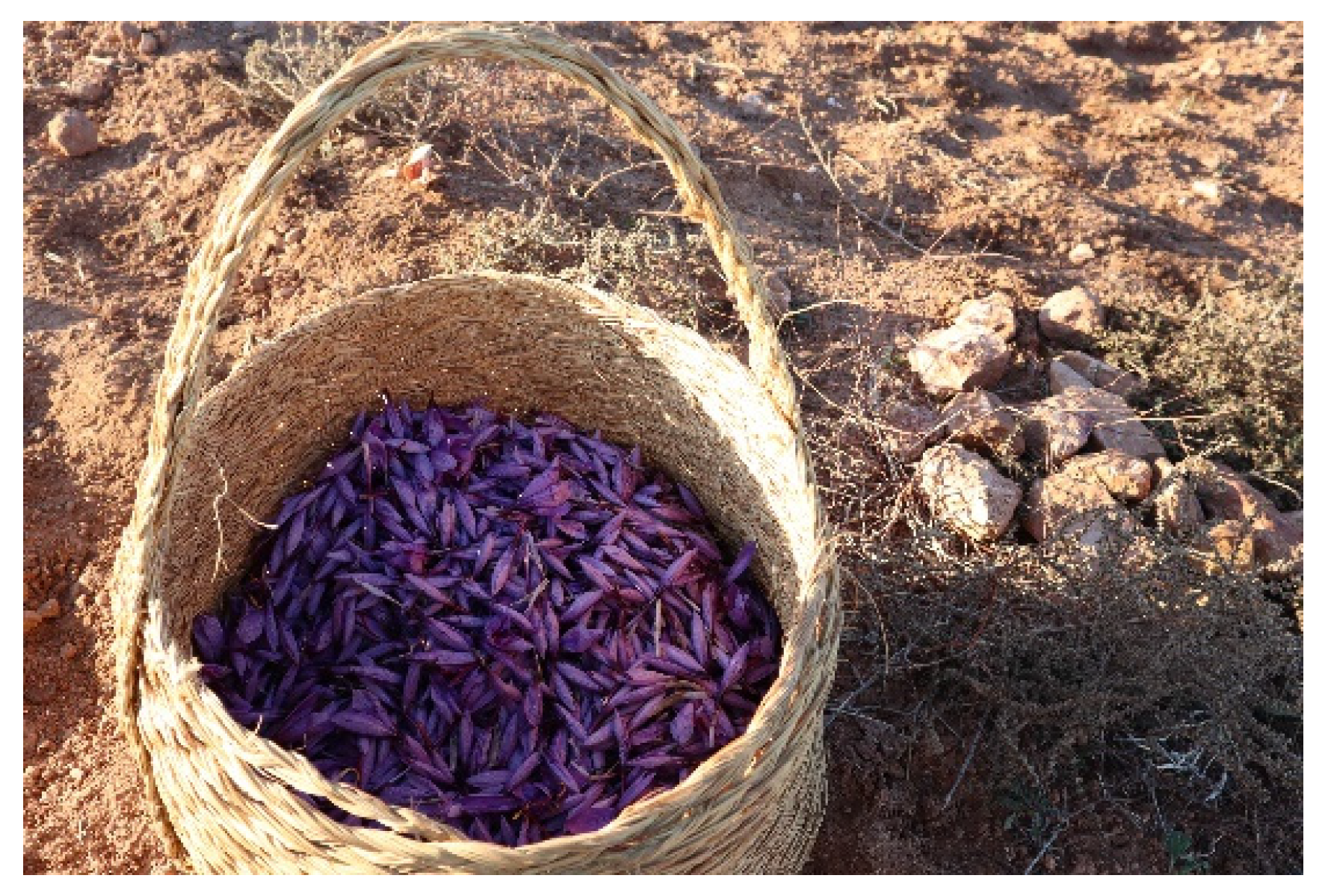- Published on
The Golden Treasure of Taliouine Unveiling Traditional Moroccan Saffron Cultivation
- Authors

- Name
- Adil ABBADI
Introduction
In the heart of Morocco's Souss Valley lies the charming town of Taliouine, renowned for its picturesque landscapes and, more notably, its treasured saffron fields. For centuries, the region has been synonymous with the coveted spice, which has become an integral part of Moroccan culture, cuisine, and identity. In this article, we'll embark on a journey to explore the traditional Moroccan saffron cultivation practices in Taliouine, unraveling the secrets behind this golden treasure.

- Cultural Context
- Traditional Significance
- Modern Relevance
- Cultural Preservation
- Conclusion
- Cultural Call-to-Action
Cultural Context
Saffron has been a prized commodity in Morocco for centuries, with its use dating back to the ancient Phoenicians and Romans. The spice was highly valued for its vibrant color, unique flavor, and medicinal properties. As Moroccan cuisine evolved, saffron became an essential ingredient in traditional dishes, such as tagines, couscous, and pastilla. The spice's cultural significance extends beyond the kitchen, as it's often used in traditional ceremonies, weddings, and religious celebrations.
Traditional Significance
In Taliouine, saffron cultivation is a family affair, with techniques passed down through generations. The harvest season, which typically begins in October, is a time of great celebration and community bonding. Local farmers, often dressed in traditional attire, carefully hand-pick the delicate saffron flowers, ensuring the highest quality and preserving the region's reputation for producing some of the world's finest saffron.

The traditional process of drying and sorting the saffron threads is an art form in itself, with each stage requiring great skill and attention to detail. The end result is a spice of unparalleled quality, sought after by chefs and food enthusiasts worldwide.
Modern Relevance
While traditional practices remain at the heart of Taliouine's saffron cultivation, modern innovations have contributed to the region's growth and sustainability. Cooperative farming initiatives have empowered local farmers, providing them with resources, training, and market access. This has not only improved the quality of life for these farmers but also helped preserve the region's cultural heritage.
Cultural Preservation
Efforts to preserve and promote Taliouine's saffron heritage are underway, with initiatives focused on sustainable tourism, cultural education, and community development. The Taliouine Saffron Festival, held annually, celebrates the region's rich cultural heritage, showcasing traditional music, dance, and cuisine. The festival also provides a platform for local artisans to display their handicrafts, further promoting the region's unique cultural identity.

Conclusion
Taliouine's traditional Moroccan saffron cultivation is a testament to the region's rich cultural heritage and its people's dedication to preserving their customs. As we delve into the world of this prized spice, we're reminded of the importance of cultural preservation, community empowerment, and sustainable development. The golden treasure of Taliouine serves as a beacon, inspiring us to appreciate the beauty of Morocco's cultural diversity and the importance of preserving our shared cultural heritage.
Cultural Call-to-Action
As you explore the vibrant world of Moroccan saffron, we encourage you to delve deeper into the cultural significance of this treasured spice. Support local farmers and cooperatives, indulge in traditional cuisine, and experience the rich cultural heritage of Taliouine. By doing so, you'll not only taste the essence of Morocco but also contribute to the preservation of its cultural treasures for generations to come.
